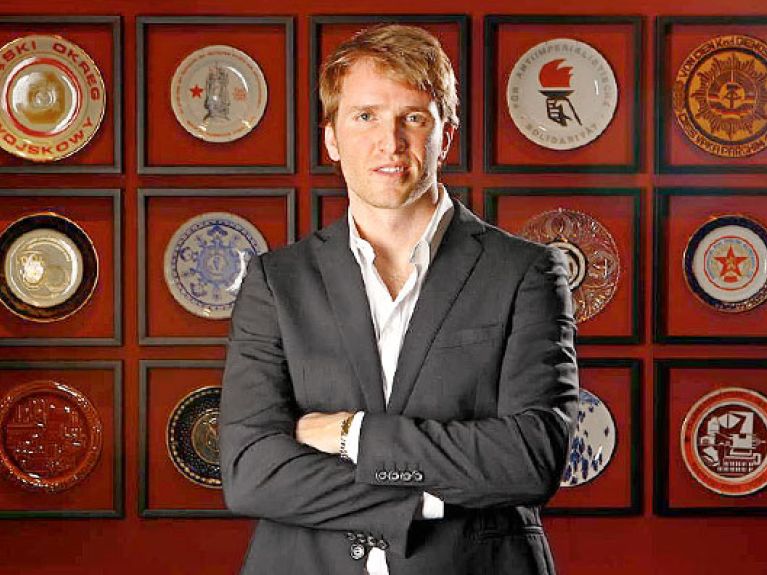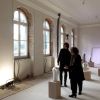Interview on “25 years of German unity”.
The founder and head of the “Wende Museum”, Culver City, California on his collection of more than 250,000 works of art and objects from East Germany.

How did you get the idea for the Wende Museum?
The Wende Museum began when I was a graduate student in Modern History at Oxford University. Large collections of advertisements, consumer products, and cultural ephemera were in a sense ‘orphaned’. The Wende Museum’s central mission is to preserve these artifacts so that they can be used as sources of information — to inspire a broad understanding of Cold War history.
What is typical for your collection?
The growth of the collection relied upon an inversion of the traditional top-down museum model in which curators have typically decided on the scope and character of the collection. Instead, we found funds to support students, scholars, authors, artists, filmmakers and others who often devoted years or even decades of their lives to studying and recording a particular topic, empowering them to acquire collections so that they would be safeguarded in an institution and made available to the public, fulfilling the requirements of academic research.
What future plans do you have for the museum?
The museum is in the midst of its own institutional ‘Wende.’ After more than ten years in its current location the museum is in the process of renovating its ‘new’ and permanent home at the former Culver City United States National Guard Armory, a mid-century modernist landmark from 1949 that includes two ‘first strike’ bunkers built to withstand Soviet bombs. The new space will open in summer 2016 and will feature large exhibition spaces as well as a library and a community garden.

